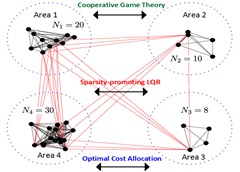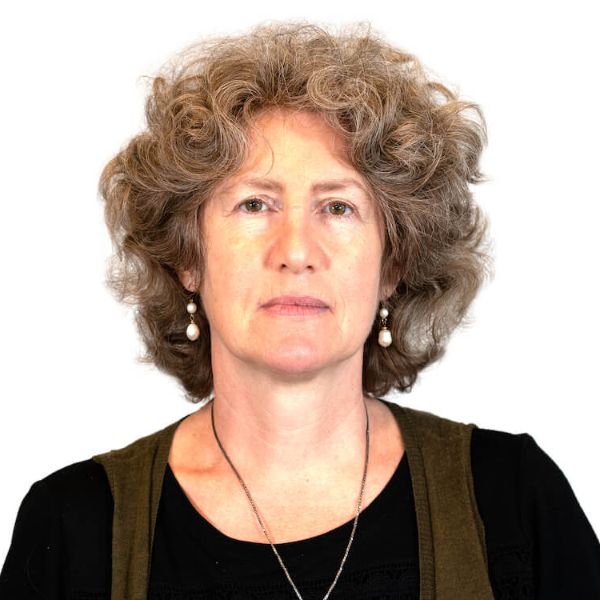Developing Economical Controllers for Next-Generation Power Systems
Dr. Aranya Chakrabortty and Dr. Alexandra Duel-Hallen (Sasha) have been awarded $600,000 from the Division of Computer and Network Systems (CNS) of the US National Science Foundation to develop an advanced design architecture that will enable integration of high-speed communication networks with wide-area control of large power systems using Synchronized Phasor Measurements (or “Synchrophasors”).
October 20, 2015 ![]() NC State ECE
NC State ECE

The research encompasses multiple disciplines ranging from power systems to control systems to game theory to cyber-security.
Dr. Aranya Chakrabortty and Dr. Alexandra Duel-Hallen (Sasha) have been awarded $600,000 from the Division of Computer and Network Systems (CNS) of the US National Science Foundation to develop an advanced design architecture that will enable integration of high-speed communication networks with wide-area control of large power systems using Synchronized Phasor Measurements (or “Synchrophasors”). The project is a collaborative effort between NC State, MIT and University of Southern California. It encompasses multiple disciplines ranging from power systems to control systems to game theory to cyber-security.
The wide-area measurement systems technology using Phasor Measurement Units (PMUs) has been regarded as the key to guaranteeing stability and reliability of next-generation power systems. However, with the exponentially increasing number of PMUs, and the resulting explosion in data volume, the design and deployment of an efficient wide-area communication and computing infrastructure is evolving as one of the greatest challenges to the power system and IT communities. The goal of this NSF CPS project is to address this challenge, and construct a massively deployable cyber-physical architecture for wide-area control that is fast, resilient and cost-optimal (FRESCO). The FRESCO grid will consist of a suite of optimal control algorithms for damping oscillations in power flows and voltages, implemented on top of a cost-effective and cyber-secure distributed computing infrastructure connected by high-speed wide-area networks that are dynamically programmable and reconfigurable. The value of constructing FRESCO is twofold: (1) If a US-wide communication network indeed needs to be implemented over the next five years then power system operators must have a clear sense of how various forms of delays, packet losses, and security threats affect the stability of these control loops. (2) Moreover, such wide-area communication must be made economically feasible and sustainable via joint decision-making processes between participating utility companies, and testing how controls can play a potential role in facilitating such economics. Currently, there is very limited insight into how the PMU data transport protocols may lead to a variety of such delay patterns, or dictate the economic investments. FRESCO will answer all of these questions, starting from small prototypical grid models to those with tens of thousands of buses.
The investigators plan to make FRESCO fully open-source for Transition to Practice (TTP) by the end of the project. They will work with two local software companies in Raleigh, namely Green Energy Corporation and Real-Time Innovations, Inc. to develop a scalable, secure middleware using Data-Distribution Service (DDS) technology. The project will, therefore, also enrich the state-of-the-art cloud computing and networking technologies with new control and management functions.
Power systems are regarded as the single most important infrastructural component in modern society. Therefore, results of this research will have a tremendous scientific impact on the smart grid and smart city research communities. The proposed multi-disciplinary approach, testbed prototyping, and industry collaborations will help in educating next-generation workforce in the fields of smart grids and cyber-physical systems.
More information about the project can be found on the NSF website.



